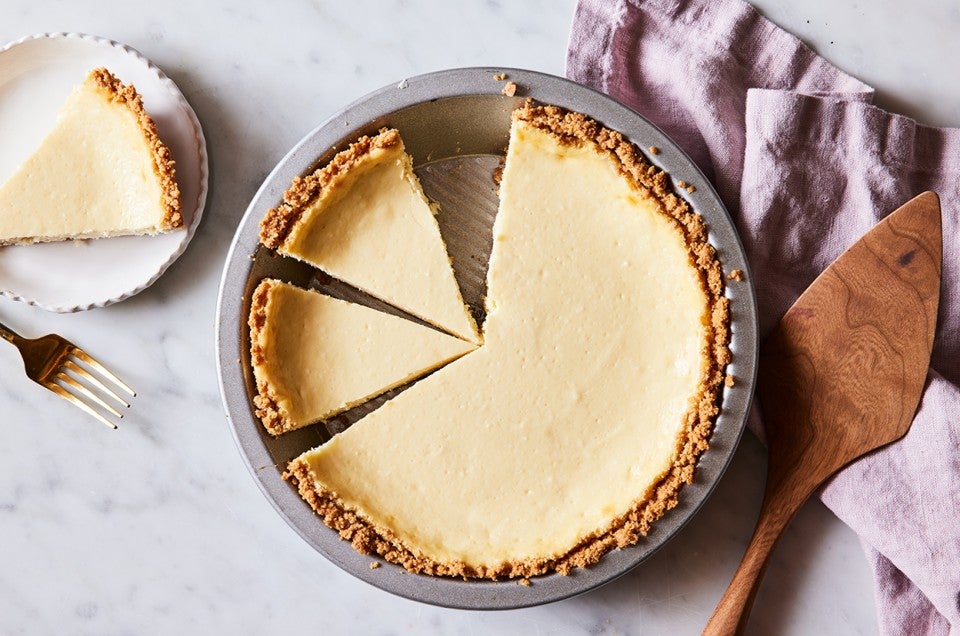
Introduction to Cheesecake
Unveiling the Essence of Cheesecake
Cheesecake, a decadent dessert beloved by connoisseurs worldwide, combines creamy indulgence with a tantalizing array of flavors and textures. Its rich, velvety filling harmonizes with a buttery graham cracker crust, creating a symphony of taste that lingers on the palate. Delving into the art of cheesecake-making unveils a meticulous process that balances precision with creativity, resulting in a dessert masterpiece fit for any occasion.
Unraveling the Key Ingredients
1. Cream Cheese: The Pillar of Creaminess
At the core of every sublime cheesecake lies the cornerstone ingredient: cream cheese. Opt for full-fat cream cheese for a lusciously smooth texture and rich flavor profile. The cream cheese serves as the primary component of the filling, lending luxurious creaminess and body to the dessert.
2. Eggs: Binding and Structure
Eggs play a pivotal role in the construction of cheesecake, acting as both a binder and a source of structure. Their proteins coagulate during baking, providing stability to the filling while contributing to its silky-smooth consistency. Incorporating eggs at room temperature ensures even distribution within the batter, resulting in a uniform texture.
3. Sour Cream: Enhancing Creaminess
Sour cream adds a tangy depth of flavor and a velvety texture to cheesecake. Its acidity balances the richness of the cream cheese, imparting a subtle tang that tantalizes the taste buds. Incorporating sour cream into the filling results in a smoother, more decadent dessert with a delicate creaminess that elevates the overall experience.
4. Graham Cracker Crust: The Foundation of Flavor
A buttery graham cracker crust serves as the sturdy foundation upon which the luscious cheesecake filling rests. Crushed graham crackers are combined with melted butter and a touch of sugar to create a fragrant, golden crust that provides a delightful contrast to the creamy filling. Pre-baking the crust ensures its crispness and prevents it from becoming soggy during assembly.
Mastering the Method: Step-by-Step Preparation
1. Preparing the Crust
Begin by preheating your oven to 325°F (160°C) and greasing a springform pan with butter or non-stick cooking spray. In a mixing bowl, combine crushed graham crackers, melted butter, and sugar until the mixture resembles coarse sand. Press the crumb mixture firmly into the bottom of the prepared pan, using the back of a spoon or a flat-bottomed glass to ensure an even layer. Bake the crust for 10-12 minutes, or until lightly golden and fragrant.
2. Mixing the Filling
In a large mixing bowl, beat the cream cheese until smooth and creamy, ensuring there are no lumps. Gradually add sugar, beating until incorporated and the mixture is light and fluffy. Beat in eggs one at a time, mixing well after each addition. Fold in sour cream and vanilla extract until just combined, being careful not to overmix. The resulting filling should be velvety-smooth and free of air bubbles for a flawless texture.
3. Pouring and Baking
Pour the prepared filling over the baked crust, spreading it evenly with a spatula to eliminate any air pockets. Tap the pan gently on the countertop to release any trapped air bubbles. Place the cheesecake in the preheated oven and bake for 50-60 minutes, or until the edges are set and the center jiggles slightly when gently shaken.
4. Cooling and Chilling
Once baked, turn off the oven and crack the door open slightly, allowing the cheesecake to cool gradually for 1 hour. Remove the cheesecake from the oven and run a knife around the edges of the pan to loosen it. Allow the cheesecake to cool completely at room temperature before transferring it to the refrigerator to chill for at least 4 hours or overnight.
Serving and Enjoying
1. Garnishing and Presentation
Prior to serving, garnish the chilled cheesecake with fresh fruit, chocolate shavings, or a drizzle of caramel sauce for an elegant finishing touch. Run a knife under hot water before slicing the cheesecake to achieve clean, neat cuts. Serve each slice on a chilled dessert plate for a sophisticated presentation that enhances the dining experience.
2. Flavor Variations and Customizations
Embrace creativity by experimenting with flavor variations and customizations to suit your preferences and palate. Incorporate citrus zest, flavored extracts, or liqueurs into the filling for a unique twist on traditional cheesecake. Explore different crust options such as chocolate cookie crumbs or nut-based crusts for added depth and complexity.
Conclusion: Elevating Dessert Mastery
In conclusion, mastering the art of cheesecake entails a harmonious balance of ingredients, technique, and creativity. From the velvety-smooth filling to the buttery graham cracker crust, each element plays a vital role in crafting a dessert masterpiece that captivates the senses and delights the palate. With this comprehensive recipe guide as your companion, embark on a culinary journey filled with indulgence, elegance, and the sheer pleasure of creating a perfect cheesecake.